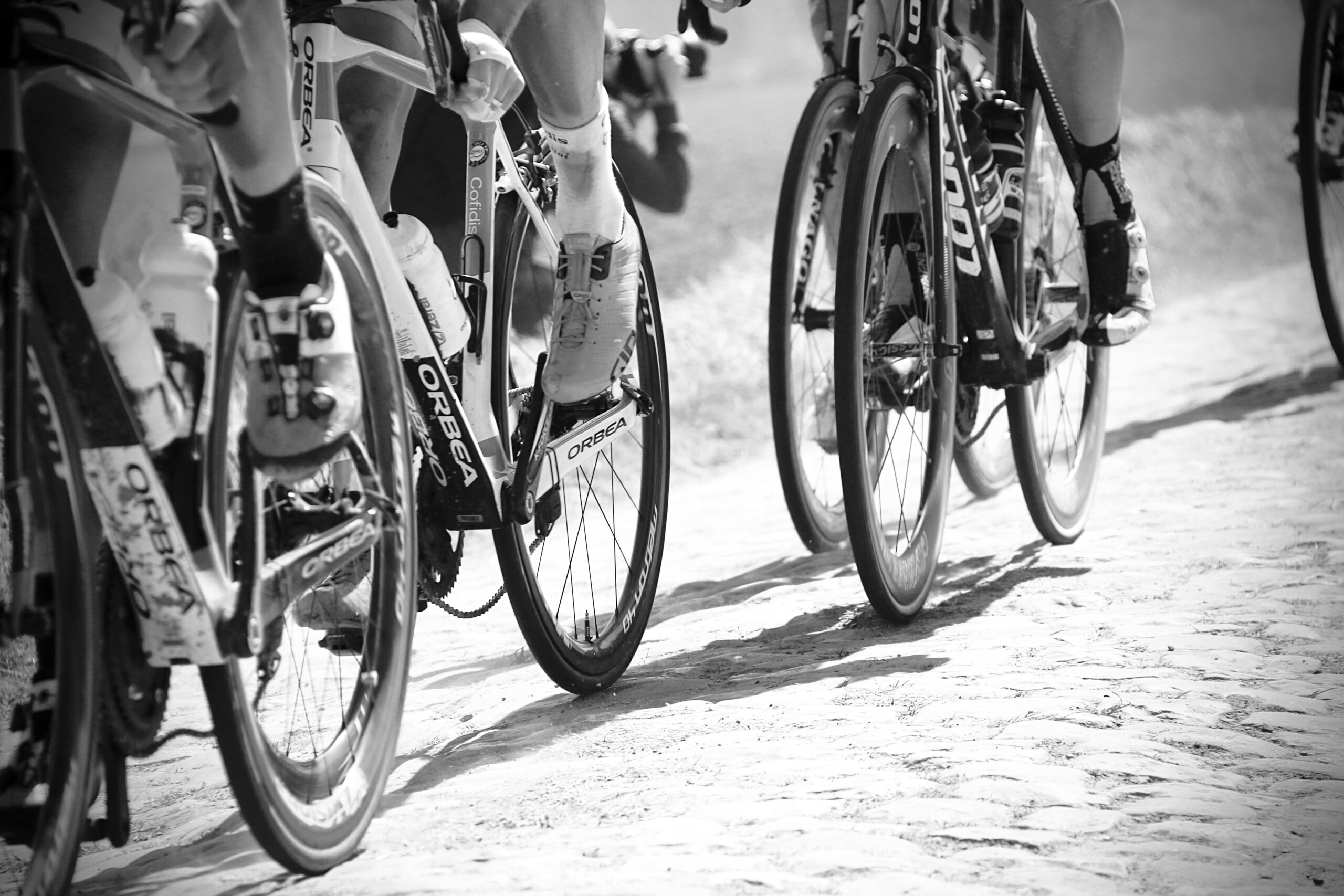Mountain Biking Basic Skills

If you’ve been involved in group rides and been dropped, then you know just how frustratingly competitive it can get – the urge to go faster, climb better, descend quicker and just clear every obstacle in the path with ease. While only training hard, pushing yourself to achieve peak physical fitness will make you the best rider in the pack, here are some basic skills that all aspiring mountain bikers should know.
Choosing the Right Mountain Bike
Choosing the right bike is absolutely essential if you want to have success on your mountain biking rides. You’ll be spending more than a few minutes in the saddle, so it’s really important that you’re comfortable on your ride. It’s recommended that you spend a few sessions out on the road with your new bike, so you can get used to the ride and the overall feel of it. Make sure that your saddle is at the correct height, and make sure to spend some time getting used to shifting up and down the gears.
One thing that most new mountain bikers have trouble with are the brakes on a mountain bike Bangor. They’re usually extremely sensitive when compared to your average bike, and unless you have the desire to fly over your handlebars, we suggest that you resist the urge to pull down too hard on the brake levers. Instead, opt for pulsing the brakes lightly, as this will give you more control, particularly when you’re going on fast downhill routes.
Mountain Biking Accessories
Other than your actual bike, there are a few bits of kit you shouldn’t live without when you’re out on a ride. Make sure you invest in a good quality helmet, we’d advise going for a full face helmet for your first one – it might cost more than the average piece of head protection, but when you take your inevitable first fall, you’ll be glad you made the extra investment. You could also invest in some knee and elbow pads for extra protection if you want an added bit of protection.
You should also get some basic tools and a puncture repair kit. Suffering a puncture when you’re miles from the car or home can be deflating to say the least; but if you, you’ll be grateful you’ve got your box of tricks to rescue the ride. Make sure your kit includes some tyre levers, glue, patches and maybe a CO2 inflator – or you could carry a spare tube instead.
Ascending and Descending
These are often the main aspects of a ride that new mountain bikers struggle with the most. While you probably won’t come across any technical ascents during your first few rides, it’s always good to be prepared.
The key to nailing a tricky ascent is to keep your pedal rate high and steady – this is where your practice sessions of shifting up and down the gears really pays off. Also, make sure that you lean forward, this pushes your front tyre into the ground, giving you some more stability and it will help to reduce the amount your front tyre hops as you cycle over holes and rocks.
When it comes to a descent, you need to do the opposite. Make sure that you keep your hips low, and keep your bum hovering just above the saddle – this gives you a stable riding position and will help you to avoid any unwanted faceplants. Spend some time practising this technique on some gentle descents before you start tackling the more challenging ones.
Riding Company
For your first few rides, you should try and head out with some experienced riders. Not only will this help you to stay safe, but it will also help you to progress. Take the opportunity to see how they ride, observe their riding position, the kit that they use and how they cope riding across different terrains and obstacles.
Fear Factor
Embrace your fear, nearly all riders have nerves when they’re taking on their first downhill section; but if you take it easy and keep steadily pulsing those brakes, your falls will only have comedic value, not increase your fear.
